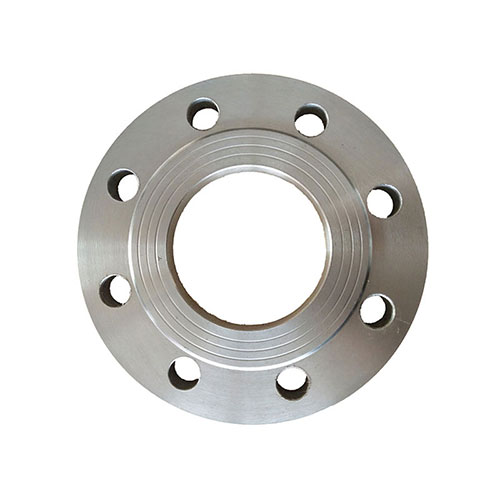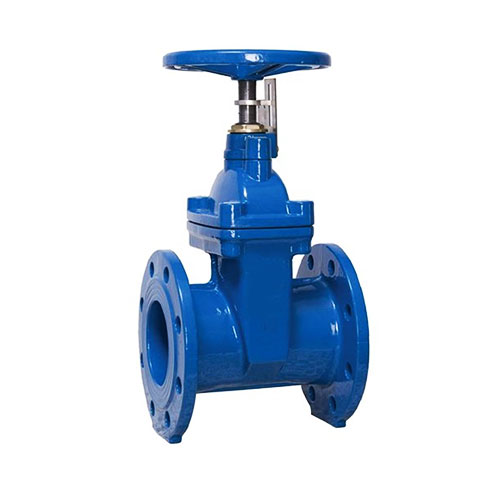FLANŞĂ & VALVĂ
Flanges and Valves are critical components in the realm of piping systems, playing pivotal roles in connecting pipes, regulating flow, and ensuring the safety and efficiency of fluid transportation. Flanges, typically made from robust materials like stainless steel, carbon steel, or cast iron, act as interfaces at the end of pipes. They facilitate the assembly and disassembly of pipe systems, allowing for easy access for inspection, cleaning, or modification. Flanges come in various shapes and sizes, designed to suit different pressure ratings and pipeline configurations, and are secured with bolts and gaskets to create a tight, leak-proof seal.
Valves, on the other hand, are the control gates of the piping world. They regulate, direct, or control the flow of fluid by opening, closing, or partially obstructing various passageways. Valves come in numerous types, including ball, gate, check, butterfly, and globe, each serving specific functions. They can be operated manually or through automatic mechanisms like hydraulic, pneumatic, and electric actuators.
The integration of flanges and valves in piping systems is essential in industries like water treatment, oil and gas, chemical processing, and power generation. Their functionality ensures that systems operate under controlled conditions, enhancing operational efficiency and safety. The durability and reliability of these components are paramount, as they must withstand high pressure, temperature fluctuations, and corrosive environments. In summary, flanges and valves are indispensable in maintaining the integrity and performance of modern piping infrastructure.
 Zhongtong HDPE PIPE System Furnizor profesional
Zhongtong HDPE PIPE System Furnizor profesional

